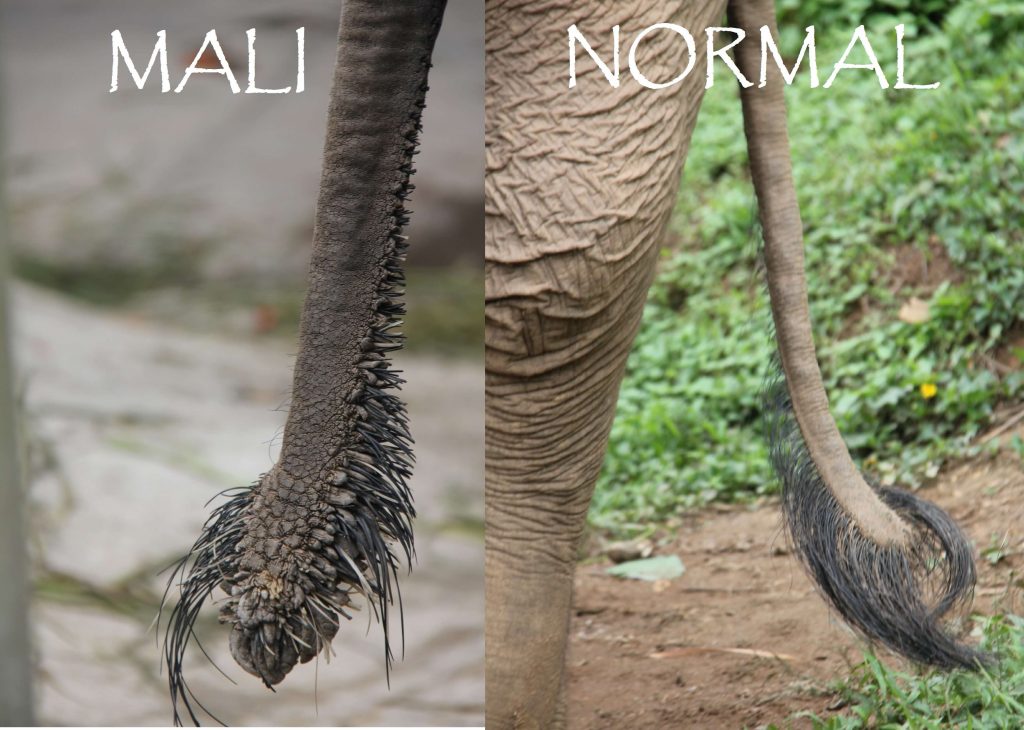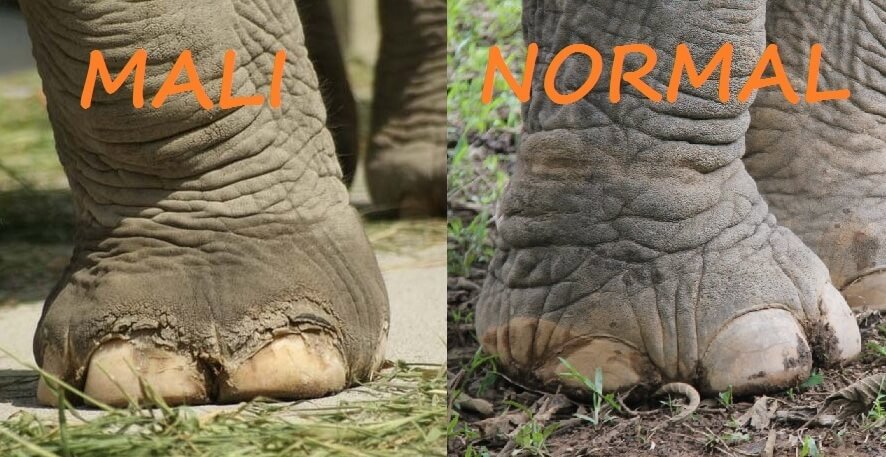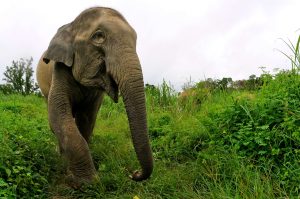In light of the recent events and stories spreading online about Maali, the elephant in Manila Zoo’s, condition, we wrote an article that aims to share the side of the people who have been taking care of Maali for the past couple of years.
If you missed it, read the article here.
In response to the said article, the People for the Ethical Treatment of Animals or PeTA reached out to us in order to clarify and shed light on the points discussed by Maali’s caretakers. Furthermore, they explained the reason behind their on-going “Free Mali” campaign. Read their official statement below.
PETA have never used the photo of an elephant holding his or her tail nor do we know where it’s from. This is just a distraction to take away from the real issue: Mali suffers both mentally and physically every single day.
Mali’s confinement, which mandates sedentary behavior and long hours standing on concrete, is also having a terrible impact on her feet. Elephants’ feet have evolved to walk on diverse terrain and natural substrate, not concrete. A controlled foot-care program that includes monitoring the thickness of her food pads, trimming her nails and cuticles, and filing her nails is a fundamental requirement for captive elephants in reputable zoos around the world and should be done by a trained professional. In her entire life at the Manila Zoo, Mali has never received proper foot care. Simply cleaning and disinfecting her enclosure—even if it is done daily—will not prevent infection or problems. Foot infections and arthritis are the leading causes of death among captive elephants, and as Mali ages, the condition of her feet is only worsening, but it can be improved at a sanctuary.
All elephants at reputable zoos around the world have blood work performed at least once a year and receive regular foot care. Besides the inspection by world-renowned elephant expert Dr. Melvyn Richardson, brought in by PETA to evaluate her, Mali has yet to have her health issues adequately addressed by anyone.
Science tells us that elephants retain their natural drives, even after years or decades in captivity. Any suggestion that Mali is getting all the love and companionship she needs at the Manila Zoo only highlights the zoo’s lack of understanding of elephants. At a sanctuary, Mali will be able to choose how she spends her days and whom she spends them with. A sanctuary will offer Mali acres in which to roam and explore, ponds to bathe in, fresh vegetation to eat, foraging opportunities, and, most importantly, the company of other elephants—all while under 24-hour supervision by elephant experts. For elephants, the herd is everything. Females stay with their families for their entire lives. These complex and social animals need other elephants in order to live a fulfilled and happy life. Housing an elephant alone is unanimously condemned by experts worldwide, and in fact, no zoo association approves of keeping a female elephant alone. Sanctuaries routinely introduce elephants—many of whom have spent decades alone—to their herds with great success. Even though Mali is considered an aged captive elephant, Asian elephants in the wild can live up to 70 years, not 42 to 45 years, as has been stated by the zoo. (However, studies do show that elephants in zoos die young, so that might be how long Mali will live if she is not moved).
Many elephants who are transferred to sanctuaries have histories similar to Mali’s, but sanctuary caregivers find that these intelligent animals are highly adaptable and welcome new situations, especially those that greatly improve their welfare, as moving Mali would. PETA has the backing of many international elephant and wildlife experts who are confident that Mali will cope very well in her new environment and that transferring her would be the kindest course of action—and the right thing to do for her welfare. To suggest that we should not give Mali a chance of being happy and healthy in the company of other elephants shows a lack of understanding of the nature of elephants and does a disservice to Mali.
PETA has offered to pay for the transfer of Mali if authorities agree to allow her to be moved. It would involve renting an entire plane. A wonderful sanctuary has already agreed to accept her. While we have never used Mali in a fundraising appeal, we are unapologetic that – as a charity – we ask people to donate to support our life-saving work. The zoo is the one making money off of Mali’s continued captivity.
People can find more information on our Free Mali Facebok page: https://www.facebook.com/FreeMali/, or our web site: https://www.FreeMali.com.
In addition to this, PeTA shared a couple of photos that will show the difference between Maali and a regular elephant’s foot and tail.
They also shared a photo of the sanctuary they would send Maali to, in case the relocation has been approved.
What are your thoughts on this? Tell us in the comments.







